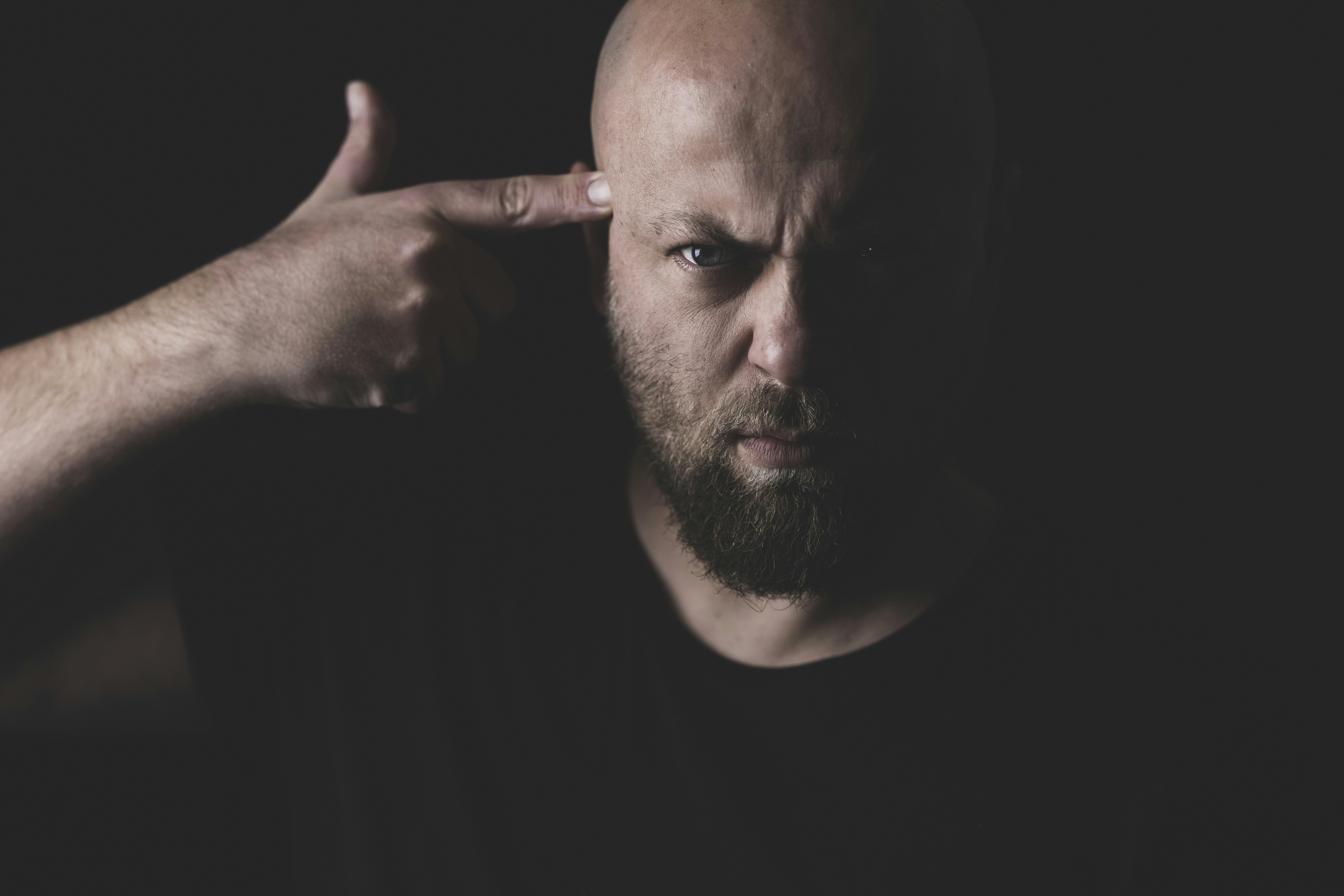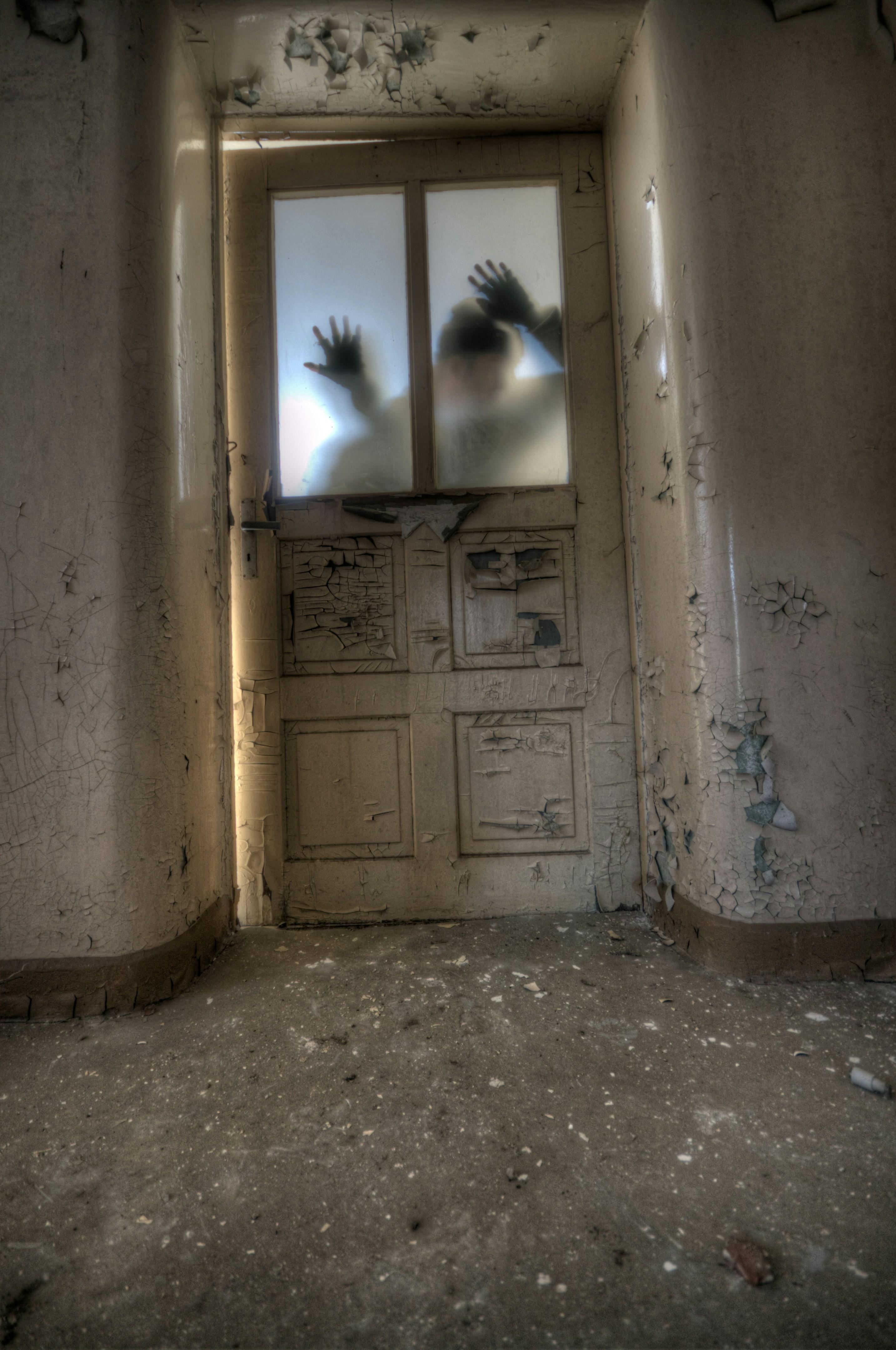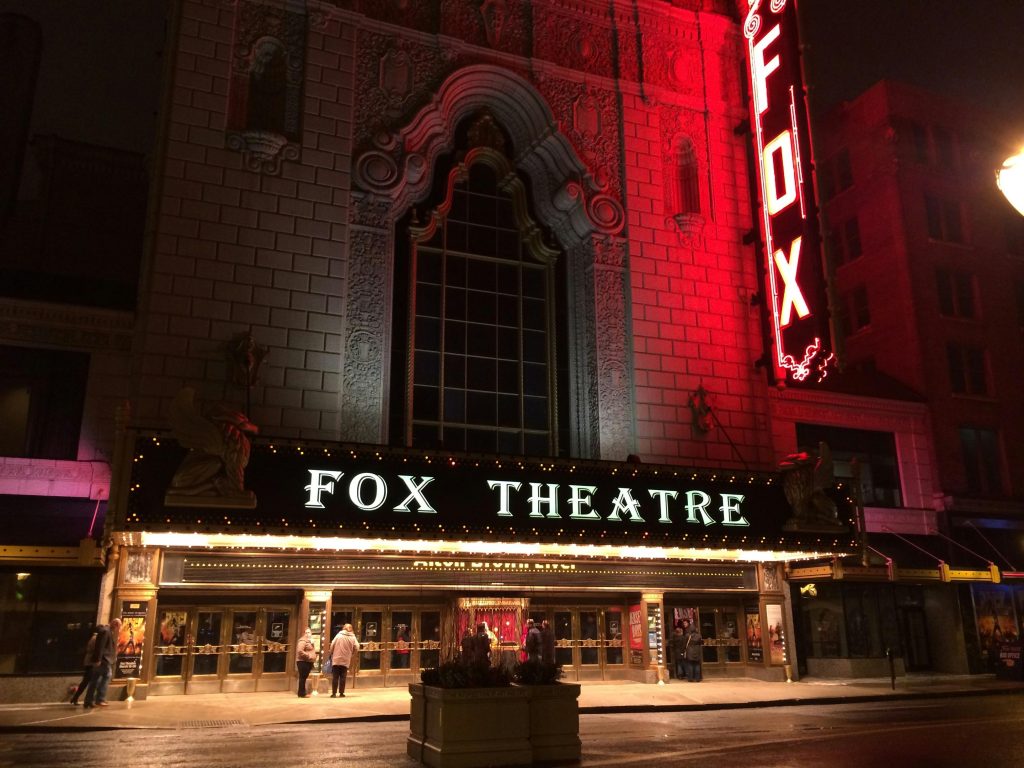In the dimly lit corridors of cinematic history, horror films have long been the torchbearers of our deepest fears and darkest imaginings. They beckon us into worlds where shadows whisper and nightmares breathe. Yet, as audiences evolve and storytelling techniques advance, a question lingers like a specter in the night: Can horror films evoke genuine terror without resorting to the visceral shock of gore? As we journey through the eerie landscapes of psychological thrillers, supernatural haunts, and atmospheric dread, we explore the power of subtlety and suggestion, examining whether the absence of blood-soaked scenes can amplify the primal fear that lurks within us all. Through this exploration, we seek to uncover the alchemy of fear and the art of suspense, pondering whether the unseen can truly be more terrifying than the explicit.
Mastering Atmosphere: The Art of Building Suspense
Crafting an atmosphere rich in suspense requires a delicate balance of elements that engage the viewer’s senses and imagination. Lighting plays a pivotal role, casting shadows that hint at unseen threats and creating a sense of unease. The subtle use of sound design—from creaking floorboards to a distant whisper—can evoke a primal fear that resonates deeply within the audience. By manipulating these auditory cues, filmmakers can guide the viewer’s emotional journey, building tension without revealing too much.
- Minimalistic Set Design: Stripped-down environments focus the viewer’s attention on small, unsettling details.
- Character-Driven Storytelling: Investing in character development allows audiences to form emotional connections, heightening the impact of suspenseful moments.
- Pacing: A careful blend of slow-building tension interspersed with brief moments of relief keeps the audience on edge.
Through these techniques, horror films can achieve a level of suspense that is both captivating and chilling, proving that the true essence of fear lies not in gore, but in the unseen and the unknown.

Psychological Thrills: Exploring the Depths of Fear
In the realm of horror cinema, the art of inducing fear without the crutch of gore requires a delicate balance of psychological elements. At its core, this approach taps into the primal instincts that reside deep within the human psyche, exploring themes that resonate on a more cerebral level. Atmospheric tension, unpredictability, and the unknown become key players, creating an environment where the viewer’s mind fills in the terrifying blanks. The power of suggestion, coupled with a haunting score or unsettling silence, can evoke a visceral reaction that lingers long after the credits roll.
- Atmosphere: Building a chilling environment through lighting, sound, and setting.
- Character Psychology: Delving into the minds of both protagonists and antagonists to unravel complex fears.
- Ambiguity: Leaving certain elements to the imagination, allowing viewers to project their own fears.
Such films often draw inspiration from classic literature and urban legends, where the horror lies in what is not seen or fully understood. This method of storytelling invites audiences to confront their own anxieties, making the experience deeply personal and profoundly unsettling. By crafting a narrative that challenges the boundaries of reality and the mind, horror films can deliver thrills that are as chilling as they are thought-provoking, proving that gore is not a necessity for true terror.
Soundscapes and Shadows: Crafting a Chilling Experience
Creating a truly chilling horror experience requires more than just visual shocks; it hinges on the artful interplay of soundscapes and shadows. Sound design plays a pivotal role, enveloping the audience in a world of unsettling whispers and eerie silences. These auditory cues can evoke a sense of dread, as the faint creak of a floorboard or the distant echo of a child’s laughter teases the imagination. Shadows, too, are masterfully employed to build tension, hinting at unseen threats lurking just beyond the viewer’s line of sight. Together, these elements craft a haunting atmosphere that grips the audience without the need for explicit gore.
- Creeping Ambience: Subtle background sounds can create an undercurrent of unease.
- Visual Obscurity: Shadows and darkness obscure, allowing fear to flourish in the unknown.
- Suggestive Silence: Strategic quiet moments intensify the impact of sudden sounds.
By focusing on these atmospheric elements, filmmakers can delve into the psychological depths of fear, proving that the most terrifying moments are often those left to the imagination.

Character-Driven Fear: Creating Relatable Horror Narratives
In the realm of horror, the true terror often lies not in the blood and guts but in the depths of the human psyche. By focusing on character-driven fear, filmmakers can craft narratives that resonate on a deeply personal level, leaving audiences with an unsettling sense of dread long after the credits roll. This approach hinges on creating characters that are both relatable and complex, allowing viewers to project their own fears and anxieties onto the screen.
- Empathy: Develop characters with rich backstories and relatable flaws. When audiences see themselves in the characters, their struggles and fears become more tangible.
- Psychological Depth: Dive into the characters’ internal fears and traumas. Explore how these elements influence their actions and relationships, building tension without the need for explicit gore.
- Subtlety: Use atmosphere and suggestion to evoke fear. Sometimes, what isn’t shown can be more terrifying than what is, leaving room for the audience’s imagination to run wild.
By prioritizing character over carnage, horror films can engage viewers on a more intimate level, creating a narrative that is as terrifying as it is compelling. This method not only broadens the appeal of horror but also enriches the storytelling, making for a more profound and memorable cinematic experience.









